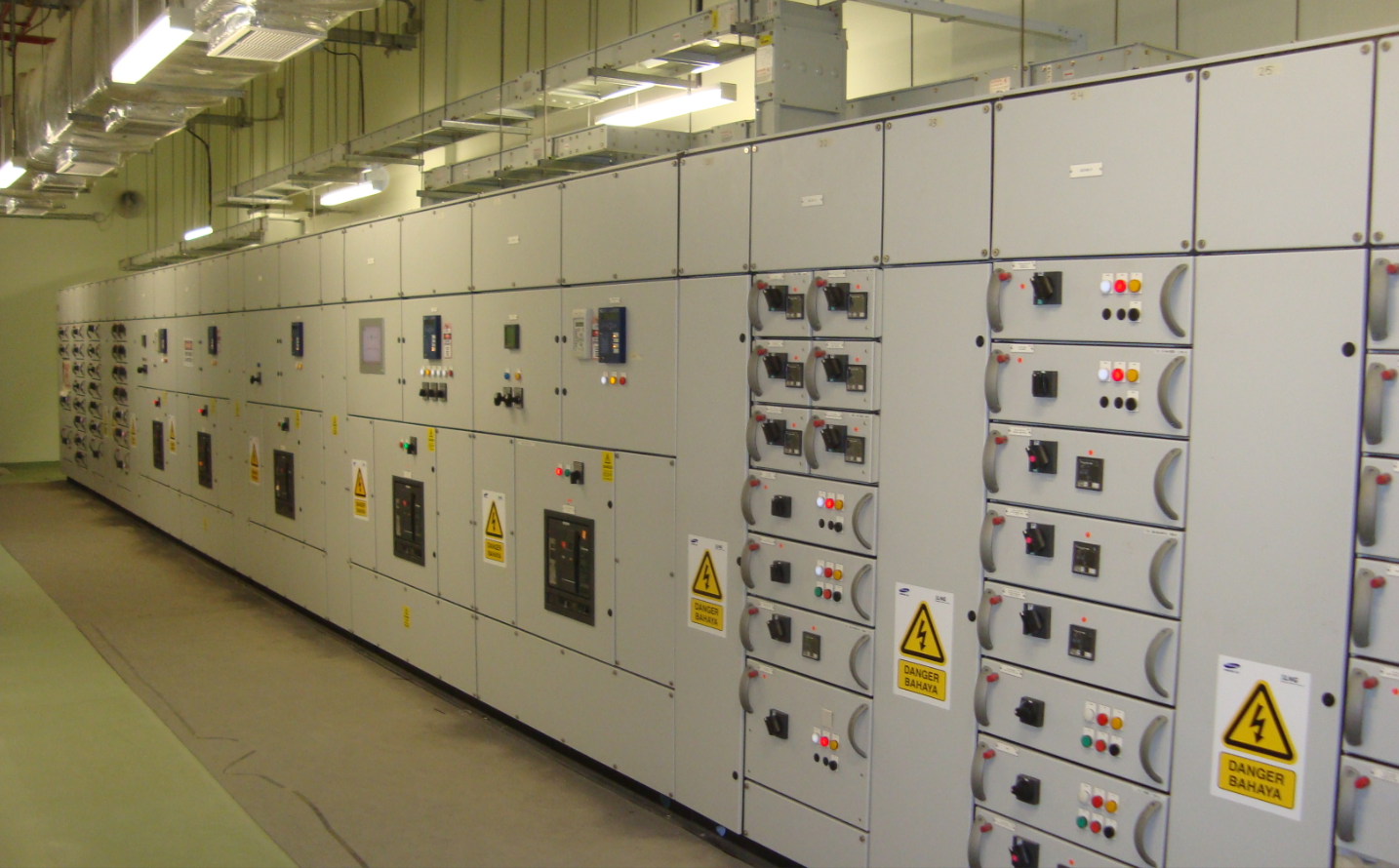A Comprehensive Guide to Low-Voltage Switchgear: The Unsung Hero of Power Distribution

In modern power systems, low-voltage switchgear acts as an intelligent butler, silently safeguarding the stable distribution and safe use of electricity. Though less conspicuous than the massive equipment in power plants, it serves as the critical hub for electricity to travel from its source to households, factories, and workshops. Today, let’s explore the world of low-voltage switchgear and uncover its mysteries.
1.What Is Low-Voltage Switchgear
Low-voltage switchgear is a combination of multiple low-voltage switching devices and related control, measurement, signaling, protection, and regulation equipment. Manufactures complete the internal electrical and mechanical connections, assembling them into an integrated unit with structural components. It is typically used in low-voltage power distribution systems of 1kV and below. In simple terms, it is like a large “power distribution box” that centralizes various devices for controlling and protecting electricity, enabling the distribution, control, and protection of electrical energy.
2.Main Components
1. Cabinet: As the “shell” of the switchgear, it provides mechanical support and protection, shielding internal devices from external factors like dust, moisture, and mechanical impacts. It also serves as a safety barrier for operators. The cabinet is usually made of metal, which has good conductivity for effective grounding, ensuring the safety of personnel and equipment.
2. Busbars: Analogous to the “blood vessels” of the switchgear, busbars are low-impedance conductors responsible for introducing electrical energy from the power source into the switchgear and distributing it to each branch circuit. Commonly made of copper or aluminum, busbars feature excellent electrical conductivity and high current-carrying capacity to ensure efficient power transmission.
3. Functional Units: The core of the switchgear, these units are divided into circuit breaker units, contactor units, relay units, metering units, etc., based on their functions. Each unit plays a specific role:Circuit breakers cut off circuits to protect equipment from overloads and short circuits.Contactors control the start and stop of motors and other devices.Relays implement various control logics and protection functions.Metering units measure and record power consumption.
3.Working Principle Unveiled
When electrical energy enters the low-voltage switchgear from the power source, it is first distributed to each functional unit via busbars. During normal operation, the circuit breakers are closed, allowing electricity to flow through the circuit to power the load. If faults such as overloads or short circuits occur, the circuit breakers act swiftly to cut off the circuit, protecting equipment and lines. Meanwhile, monitoring and protection devices continuously monitor circuit parameters (e.g., current, voltage, power). Upon detecting abnormalities, they immediately send signals to notify operators or automatically initiate protective measures.
4.Common Types and Characteristics
1. GGD Type Fixed Low-Voltage Switchgear:
Features: Simple structure, low cost, suitable for spaces with minimal requirements and relatively stable loads (e.g., small factories, township substations). It has a high protection level to prevent dust and foreign objects, ensuring normal operation.Limitations: Fewer circuit loops and limited flexibility in unit combination.
2. GCS Type Draw-out Low-Voltage Switchgear:
Features: Draw-out design enables easy maintenance and repair. When a functional unit fails, it can be directly withdrawn and replaced by a spare unit, significantly reducing power outage time and improving power supply reliability. It also has high breaking capacity and thermos dynamic stability, suitable for places requiring high reliability (e.g., large malls, hospitals, data centers). Limitations: Higher cost and specific requirements for installation space.
3. MNS Type Low-Voltage Draw-out Switchgear:
Features: Inspired by advanced foreign technologies, it has a more compact design and higher space utilization. The modular design allows flexible combination of functional units to adapt to different power system needs. With a protection level of up to IP54, it operates stably in harsh environments, commonly used in chemical and metallurgical industries.Limitations: Relatively high price and higher technical requirements for maintenance personnel.
5.Widespread Applications in Daily Life
1. Residential Communities: Distributes electricity from substations to households, ensuring daily power use for lighting and home appliances. It also controls and protects public facilities like elevators, water pumps, and streetlights.
2. Industrial Plants: Meets the power needs of various industrial equipment, controlling the start/stop of motors and providing overload/short-circuit protection. In large factories, it is a vital part of the entire power system, directly impacting production continuity.
3. Commercial Spaces: Supplies stable power to malls, supermarkets, hotels, etc., ensuring the operation of lighting, air conditioning, elevators, and cash register systems. In commercial operations, the reliability of low-voltage switchgear is crucial to avoid economic losses from power failures.
Low-voltage switchgear, though seemingly ordinary, plays an irreplaceable role in our lives. Like an unsung hero, it ensures the safe and stable operation of power systems. With technological advancements, it is evolving toward intelligence, miniaturization, and high reliability, ready to demonstrate greater value in more fields in the future.
